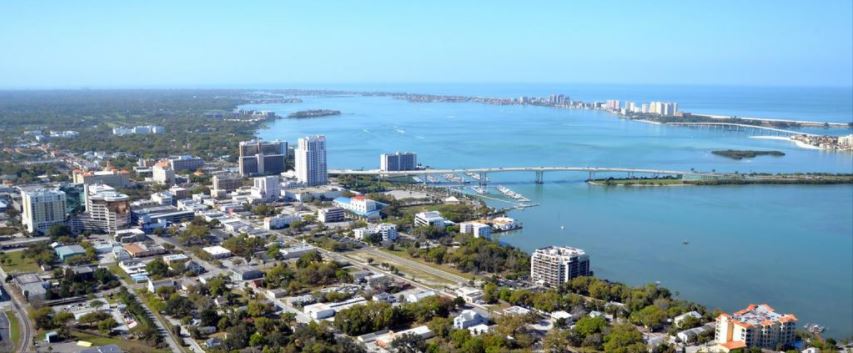The July 1, 2017 issue of REVITALIZATION featured an editorial by yours truly (Storm) titled “Will Clearwater, Florida’s Anchor Incentives Finally Revitalize Downtown?“.
I lived in Clearwater for 15 years before moving to the Washington, DC area, and watched as one revitalization attempt after another met its doom.
Now, it seems that their long downtown losing streak might ending. It wasn’t a sure thing, by any means. The “anchor incentives” program described in that editorial is a strategy that has failed more often than it has worked. It works like this: the city provides loans to businesses so they can renovated existing spaces in the downtown. For each year that the business stays open, 20% of the loan is forgiven. Thus, at the end of 5 years, the businesses will owe nothing if they’re still operating.
This is a strategy that has worked in some places. But it has also failed in many places when there weren’t enough downtown residents. As explained in that editorial, all the up-front incentives in the world won’t keep a business alive in the long run if it doesn’t have enough customers. Incentives and subsidies can be considered the “artificial stimulant” approach to retail revitalization: it tends to go away when the “drugs” wear off. Resident-based retail revitalization, on the other hand, could be considered the “organic” approach to retail growth.
The wisest retail growth strategies thus focus first on downtown housing (especially affordable), and only then incentivize the businesses that will serve these residents. As pointed out in the Resilience Success Guide, a resident can survive a lot longer without a nearby grocery store than a grocery store can survive without nearby customers. Residents have far more “revitalization patience”.
Fortunately for Clearwater, planning leaders didn’t just rely on incentives: they recognized the importance of undoing some earlier planning mistakes by repurposing, renewing and reconnecting (AKA the 3Re Strategy) downtown properties to add housing and better waterfront access. That program was dubbed Imagine Clearwater.
Here’s an excerpt from a November 27, 2017 article in 83 Degrees:
“For years, Clearwater leaders, business owners and residents dreamed of a downtown renaissance that would revitalize the city’s urban core.”
Now it’s finally starting to happen, says Michael Delk, the city’s planning and development director, as various pieces pull together and downtown activity increases. From new housing options to new restaurants and retailers bringing in foot traffic to economic development across several industries, especially the technology sector, ‘there’s a combination of things that are really starting to happen down here,’ he adds. ‘There are a number of things happening in these key areas.’
The biggest piece of the puzzle is Imagine Clearwater, an ambitious plan to reactivate the city’s downtown waterfront and bluff, and to spur economic development downtown. Clearwater voters definitively approved the project when 75.76 percent voted November 7 in favor of a referendum moving the project forward.
Earlier this month, developers of The Nolen, the city’s first new multi-family housing development in downtown Clearwater in more than a decade, celebrated the grand opening of the five-building, four-story complex. The city’s downtown area has also seen a flurry of new restaurants and retail outlets, including Clear Sky on Cleveland, a global bistro.
Also, in an effort to bring more arts activities into the downtown, the City of Clearwater opened the Second Century Studios and the Bazaar Art Co-op.
On December 19, 2017, 83 Degrees also had an article about another exciting new infill redevelopment project, this time focused on revitalizing the city’s Downtown Gateway by repurposing a vacant property into a combination of Latin American-style market and public space.
Here’s an excerpt from that December 19 article in 83 Degrees:
In September, the Clearwater City Council approved conceptual plans for Mercado, a public market that will be developed on a triangular swath of land where Cleveland Street meets Gulf-to-Bay Boulevard.
The plaza will include space where small businesses and other vendors can take root and an open area for community events, says Chuck Lane, Assistant Director, Economic Development & Housing.
“It’s going to be a space where people can interact with each other,’ he says. This ranges from serving as a venue for farmer’s markets, art fairs and other public events to a space where individuals ‘can just sit down and read a newspaper.”
Mercado will also cater to the largely Hispanic population of the neighborhood, Lane adds.
Congratulations, Clearwater!
Featured photo of Downtown Clearwater and its waterfront courtesy of the Clearwater City Council.
See full November 27 article by Tiffany Razzano in 83 Degrees.
See full December 19 article by Tiffany Razzano in 83 Degrees.

